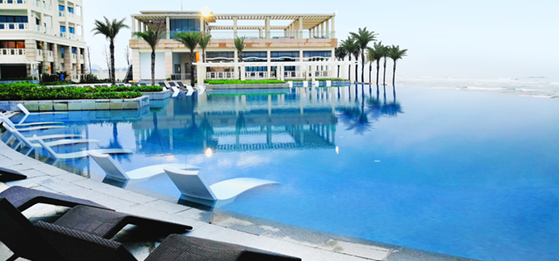The country of Tuvalu, particularly the island of Funafuti, faced a state of emergency in late September 2011 due to a serious drought exacerbated by climate change. This resulted in severe water scarcity, posing a threat to the well-being of the population
To address the urgent water crisis, Hitachi Aqua-Tech was mobilized to build two units of 10m³/day Reverse Osmosis (RO) Systems. These systems were air freighted to Funafuti Airport in Tuvalu in early November 2011, with assistance from the New Zealand Army. This rapid response provided immediate relief, as the delivery only took one week compared to the usual 50 days required for sea transport.
The rapid deployment of the two RO systems demonstrates effective emergency response and collaboration between stakeholders, ensuring access to safe drinking water for approximately 5,000 people living on the main island of Funafuti during the drought crisis. This project exemplifies the importance of timely intervention and innovative solutions in addressing water scarcity issues exacerbated by climate change.

Nauru heavily relies on fossil fuels for 99% of its energy, consuming 60 tonnes of diesel annually. Additionally, the water supply is inadequate, with desalinated water delivered to households only once every four weeks. This project aims to increase the proportion of renewable energy and improve the frequency of water deliveries to meet the population's needs.
The innovative solution involved installing a 100m³/day SWRO system powered by a 131.94 kWp grid-tie solar photovoltaic (PV) power generation system. This setup not only ensures a reliable supply of safe drinking water but also significantly enhances the island's energy production. The solar power generation system contributes 1.3% of Nauru's total energy demand, effectively doubling the existing solar energy output.
This project, designed to serve the entire population of approximately 10,000 residents, marks a significant improvement in both energy and water supply for Nauru, highlighting the potential of renewable energy solutions in addressing critical infrastructure needs.
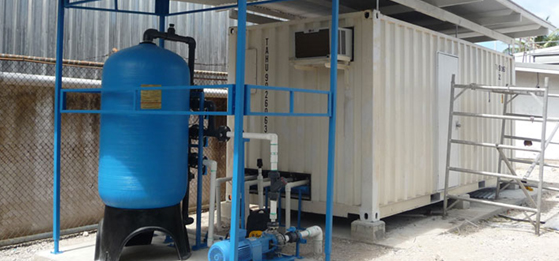
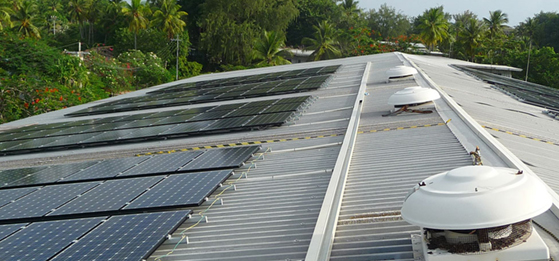
Potable water on the island was only accessible through rainwater collected in water tanks, while non-potable water for washing clothes and cleaning was sourced from groundwater pumped to households. This limited supply posed challenges for approximately 450 residents on Peleliu, who relied on just 19 litres of rainwater per day.
To address the water scarcity issue, a solar-powered reverse osmosis (RO) plant was installed on Peleliu. This innovative solution provides 150 litres of fresh water per day to each resident. Additionally, a solar power generation system and saltwater desalination plant were integrated, significantly increasing the water supply capacity.
The project showcases the nexus between water and energy by integrating a saltwater desalination plant with a solar-powered generation system to produce safe drinking water. This integration not only addresses water scarcity but also reduces reliance on fossil fuels for the Government of the Republic of Palau. By displacing the need for approximately 41 tonnes of diesel annually, the solar power generation system significantly curtails carbon emissions by about 28 tonnes per year.
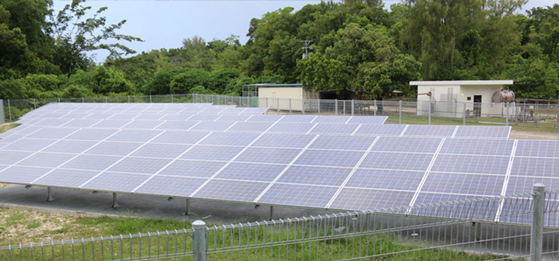
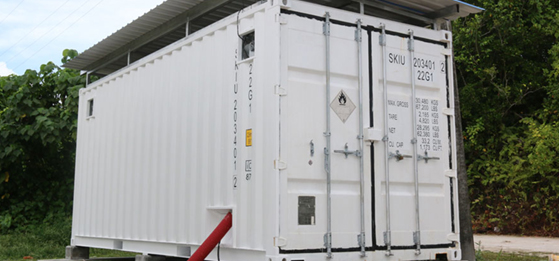
The Jewel Changi Airport project aimed to create an iconic water feature attraction that would captivate visitors and enhance the overall appeal of the airport as a world-class destination.
To meet the requirement of an iconic water feature attraction, the project involved the installation of the Mechanical and Electrical (M&E) system. This system was crucial for the operation and functionality of the Rain Vortex, which is the centerpiece of the development.
Extensive engineering design coordination and testing were conducted with key stakeholders such as Woh Hup/Obayashi, Moshe Safdie, WET Design, and other specialized trades. This collaboration ensured that the design and implementation of the M&E system seamlessly integrated with the overall vision for Jewel Changi Airport, contributing to the success of the project.
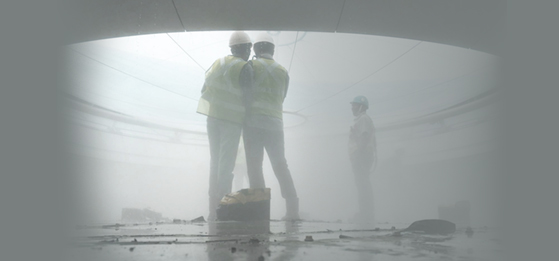
The Sheraton Da Nang project required the creation of aquatic facilities to add vitality to the newly opened hotel in Da Nang, Vietnam. This enhancement was particularly important in preparation for hosting the 25th APEC Economy Leaders Meeting at the hotel.
To meet the requirement of providing aquatic facilities, the project involved the design, supply, and installation of swimming pools and water features. These elements were essential to completing the hotel's amenities and ensuring a memorable experience for guests, especially during the APEC conference.
One of the key highlights of the project was the successful completion of the aquatic facilities in time for the 25th APEC Economy Leaders Meeting. This accomplishment underscored the project's significance in contributing to the hotel's readiness to host such a prestigious event, showcasing its commitment to excellence and hospitality.
